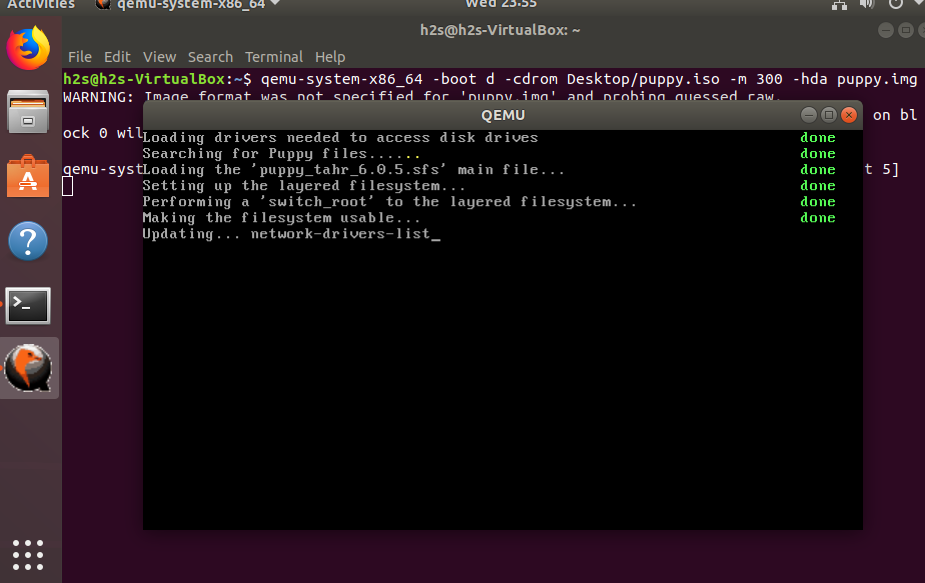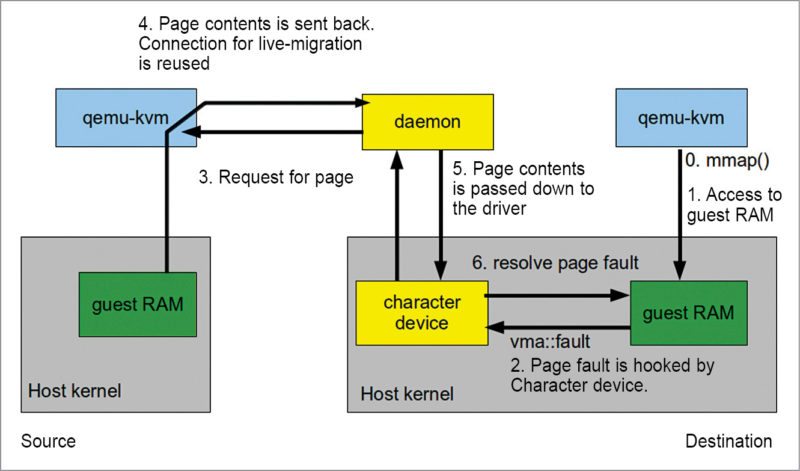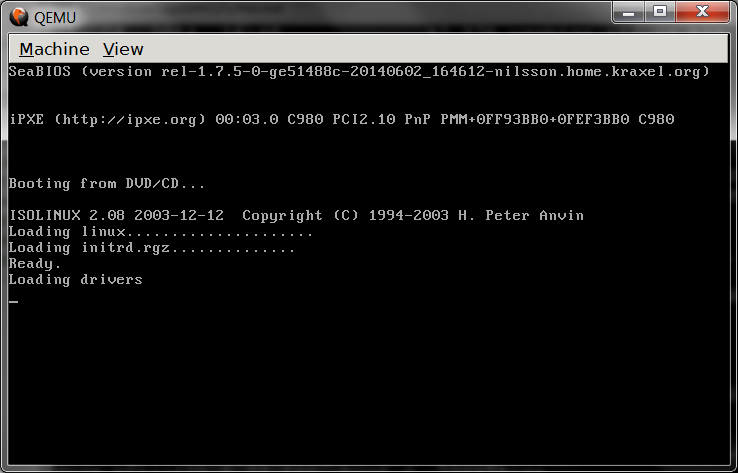
- #Qemu system i386 quit unexpectedly how to
- #Qemu system i386 quit unexpectedly install
- #Qemu system i386 quit unexpectedly serial
- #Qemu system i386 quit unexpectedly manual
Any program that works on MS-DOS should also run on FreeDOS. One way is to have QEMU offer access to its monitor via telnet: qemu-system-i386 -monitor telnet:127.0.0.1:55555,server,nowait Then, QEMU can be scripted by piping commands to telnet. Let’s try it with an example: installing a copy of the FreeDOS operating system. FreeDOS is an open source DOS-compatible operating system that you can use to run legacy business software and other DOS applications. Host OS: Debian Jessie 64-bit Guest OS: Windows XP SP3 32-bit Im using the following commands: qemu-system-i386 -enable-kvm -na. CS4231A is the chip used in Windows Sound System and GUSMAX products The PC speaker audio device can be configured using the pcspk-audiodev machine property, i.e. Now that we have the essentials to start a virtual machine with QEMU, we can put it all together on a single command line to create and boot your virtual machine! qemusystem-x8664 dos.img -device gus -parallel none Alternatively: qemusystem-x8664 dos.img -device gus,irq5 Or some other unclaimed IRQ. You could change the RAM of the emulator and try.

For example, set -boot order=dc to tell QEMU to try the CDROM ( d ) first, then the hard drive ( c ). Well, it usually occurs when your emulator cannot provide RAM needed for the emulator due to low resources. Use -boot to specify the order that QEMU should look for bootable devices. This target is a derivative of the original. You can also append a suffix of M or G to specify the memory in MB or GB. The new target RTEMS-pc386-qemu builds binaries that can be run in the qemu-system-i386 PC System emulator. If you do not explicitly set this, QEMU defaults to 128 MB.
#Qemu system i386 quit unexpectedly manual
Set the amount of memory in the virtual machine with the -m size option. Command to display qemu-system-i386 manual in Linux: man 1 qemu-system-i386 NAME qemu-doc - QEMU version 4.2.
#Qemu system i386 quit unexpectedly install
For example, this might be the bootable ISO image to install Linux, Windows, or another operating system. I tested with both the 32-bit and 64-bit hosts, but the guest OS was always 32-bit. As guest I run Windows XP and Ubuntu 12.04.


In the monitor if I run the command info kvm, it says kvm is enabled. Set -cdrom isofile to define the CD-ROM or DVD image file. I start QEMU using: qemu-system-i386 -enable-kvm -hda Ubuntu.img -monitor stdio. This should be the same virtual disk you defined with the qemu-img command. Use -hda imagefile to tell QEMU to use imagefile as the hard drive image. To emulate a more modern system, use qemu-system-x86_64.

This can be easily tested with Buildroot qemu_x86_64_defconfig.To emulate a legacy PC system, use qemu-system-i386.
#Qemu system i386 quit unexpectedly how to
#Qemu system i386 quit unexpectedly serial
The serial port sends characters between host and guest, instead of pixels on a display, and then QEMU can display those characters on the terminal. QEMU is multi-platform software intended to be buildable on all modern Linux platforms, OS-X, Win32 (via the Mingw64 toolchain) and a variety of other UNIX targets. append 'console=ttyS0' makes QEMU pass the console=ttyS0 kernel command line option to Linux, which tells the kernel to use a serial port instead of the display. That option was also needed for Linux kernel be besides -nographic mentioned by osgx as in a comment: qemu-system-x86_64 -append 'console=ttyS0' \


 0 kommentar(er)
0 kommentar(er)
